What and how to feed the pumpkin?
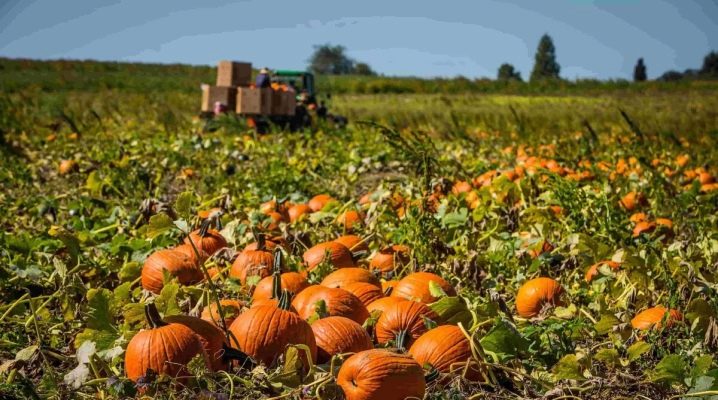
Many gardeners are engaged in the cultivation of pumpkin, since this vegetable has beneficial properties, and also contains a vitamin and mineral complex. To get a rich harvest, you should definitely take care of the soil so that it contains a large amount of nutrients. In this article, we will consider in more detail how and how to feed a pumpkin.
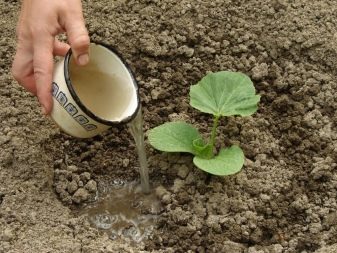
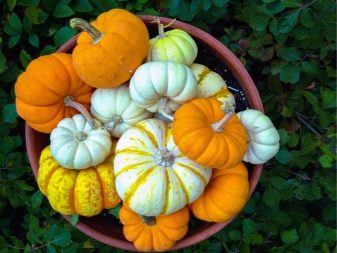
Fertilizer overview
If you cultivate pumpkin every year, while not applying fertilizer to open ground, then soon you can forget about the harvest. This vegetable draws a lot of nutrients from the soil. Experienced gardeners recommend adhering to the rules of crop rotation and not planting a pumpkin in the same place for two years in a row. The earth needs rest. It is advisable to plant pumpkins after legumes, as they are excellent at replenishing nitrogen in the soil.
If you expect to get a rich harvest or it is not possible to alternate planting the pumpkin with other vegetables, then you should definitely fertilize the pumpkin outdoors.
In order for the pumpkin to grow well, you will need to adhere to a specific fertilization schedule.

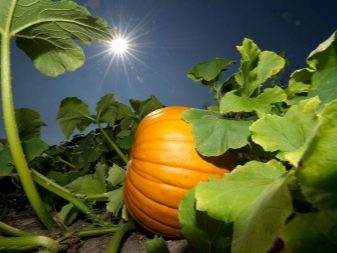
Fertilizers can be of several varieties. Mineral, organic and complex dressings are used, as well as folk remedies. Each gardener chooses the option that suits him. Timely application of fertilizers will increase the plant's resistance to various kinds of diseases and pests.
In addition, a lack of fertilizer immediately affects the appearance of the plant, for example, pale leaves may appear, and the ovary also turns yellow. Let's take a closer look at the main types of fertilizers for pumpkin growth.
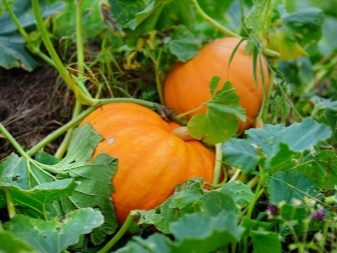
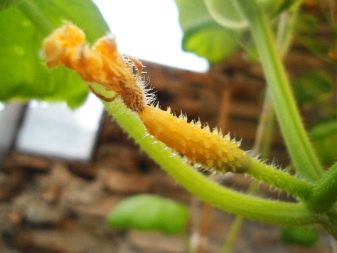
Mineral
For good development, pumpkin needs phosphorus, potassium, nitrogen, as well as micro- and macroelements... She should receive them in large quantities, therefore, it is recommended to periodically feed even fertile soil. If the pumpkin is grown on poor soil, then the need for fertilizers becomes very acute. Mineral fertilizers contain all the necessary elements for the good development of the pumpkin. They are produced on an industrial scale. The composition of the mineral dressing may include only one element or several at once (two or three components).
Azofoska, urea, saltpeter, simple or double superphosphate, as well as potassium dressings are excellent for fertilizing pumpkin. These options are fairly well known among gardeners for their effectiveness. But their main drawback is lack of trace elements.
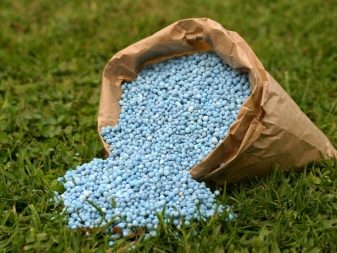

Organic
Since mineral fertilizers are not enough for good growth of pumpkins, experts advise using organic fertilizers as well. They contain a large amount of natural ingredients that plants assimilate quickly and easily. In addition, organics are usually available from many farms. Many people use manure from various animals or bird droppings. Humus, biohumus, compost are excellent for pumpkin.
Many experts use herbal infusions from the tops of vegetables or nettles, which will ferment. They are used in the form of a liquid: first, a solution is prepared, it is infused a little and is already used for watering the beds.
Important! Organic fertilizers cannot be used regularly, since they contain a large amount of nitrogen, but potassium, on the contrary, does not. With such feeding, the pumpkin begins to suffer from fungal diseases, for example, downy mildew.
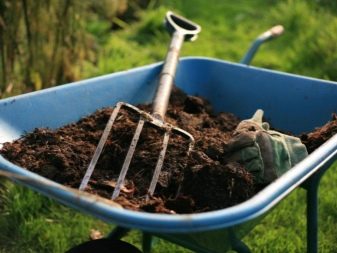
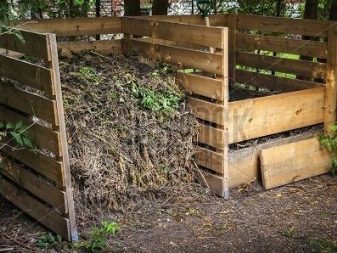
Complex
In order for the pumpkin to receive the required amount of minerals, complex fertilizers are applied. Among the most demanded are "Solution", "Kemira Kombi", "Uniflormikro" and others. These preparations are characterized by their versatility, and are also presented in a chelated form, which is great for pumpkin.
Complex dressings can be used as solutions, they can be spread over the leaves or poured under the root. Dry application is also possible, for this it is enough to scatter the granules around the bushes. How much drug is required is indicated in the instructions.
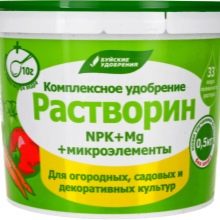

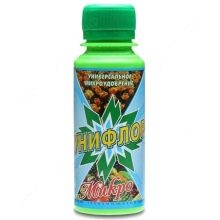
Deserves special attention a complex fertilizer that is not produced industrially - wood ash. It is very popular because it contains the main elements, only there is no nitrogen. The absence of chlorine should also be emphasized, which is very good, since many vegetables cannot tolerate it.
Ash can have a different chemical composition, since it depends on what it is made of - it can be burning the remains of plants, grass, leaves and branches of plants. It is used as a substitute for phosphorus and potassium supplements. When pumpkins start to bloom, they need phosphorus and potassium, which are presented in the form of wood ash.
In addition, this fertilizer lowers the acidity of the soil, has a beneficial effect on the formation of beneficial microflora in the soil, pumpkins grow well, and the risk of developing diseases decreases.
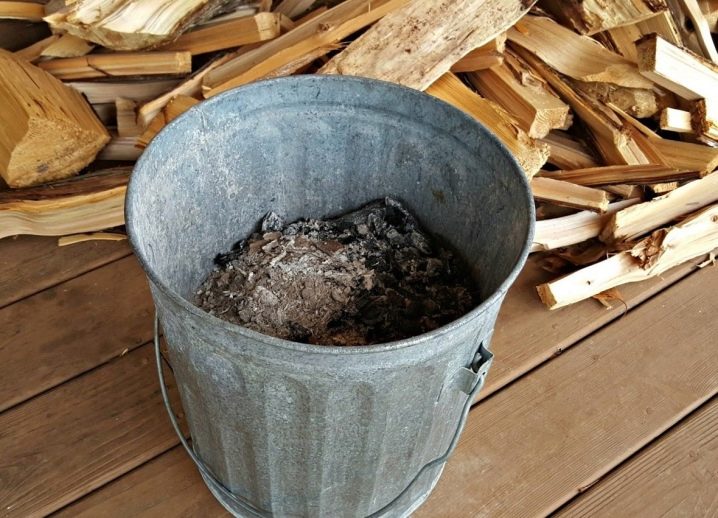
Folk remedies
Many gardeners use various folk methods to feed pumpkins. This vegetable loves yeast and ammonia. Let's take a closer look at well-known folk remedies.
- Yeast... Yeast infusion is an excellent fertilizer, since this product contains a vitamin and mineral complex. The addition of yeast promotes the growth of bushes, increases resistance to various diseases and bad weather conditions. To prepare the yeast infusion, you need to take 10 liters of warm water and 100 grams of yeast, as well as sugar. All ingredients are mixed and fermented for 10 days. After the time has elapsed, another 10 liters of water are added to the resulting infusion, and the solution is ready for use. It is enough to pour 1 liter under each bush.
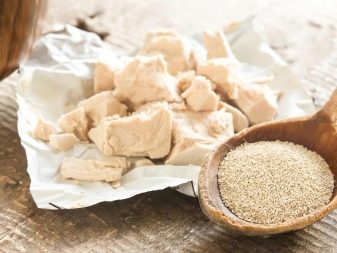
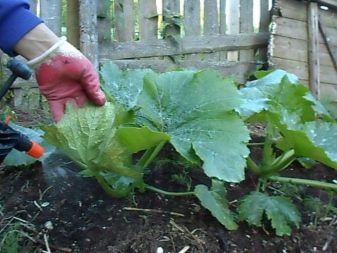
- Ammonia... This tool is used when nitrogen fertilization is needed. To prepare the solution, you should take 50–70 ml of ammonia per 5 liters of water. To water the pumpkin, you will need 1 liter of solution for each bush.
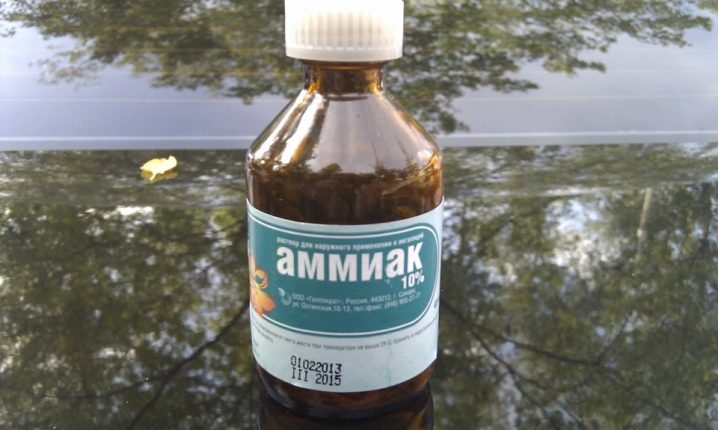
- Soda... Even a soda solution can be used as a fertilizer for pumpkin. Such dressing allows you to improve the quality of the fruit and deacidify the soil. If you spray the leaf plates, the protection against various diseases is increased. If there are a large number of male flowers, and the ovaries are practically invisible, only 2 tbsp will be required for 1 liter of water. tablespoons of soda. To make a protective solution, add 1 tablespoon of baking soda and 10 ml of liquid soap to 2.5 liters of water. Then the leaves are sprayed with this solution. Soda solution is effective after only 3 hours of preparation. It is not recommended to get involved in them.
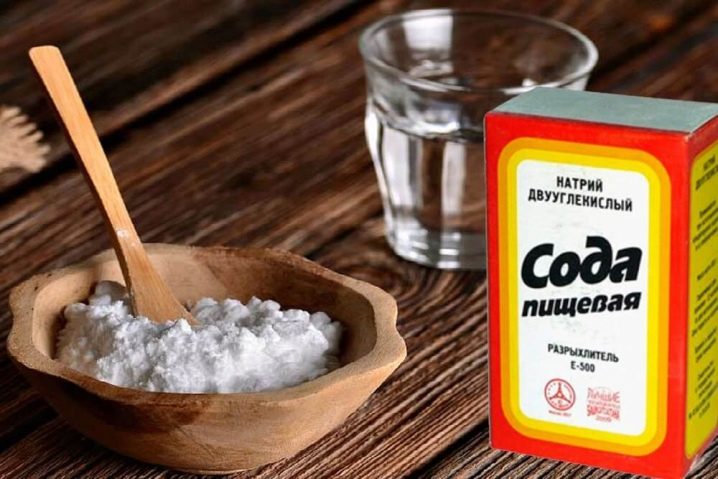
- Urea... This fertilizer is a nitrogen source. The urea solution is used mainly for spraying pumpkin leaves. To prepare it, you need to mix 10 grams of urea with 10 liters of water.

Top dressing scheme
The pumpkin needs several dressings per season, in addition, it is necessary to fertilize the soil even before sowing. It is very important to use fertilizers correctly, adhering to the required dosages, then feeding will be beneficial.
For seedlings
It is not necessary to feed when planting seeds in the hole, because they contain a lot of nutrients to start with. With their help, a root is formed, and the first 4–5 leaves are formed. After this period, the pumpkin needs fertilization. This usually happens two weeks after the shoots appear.
If the seedlings are grown in pots, fertilization can be carried out earlier, when two full leaves appear on the plant.
Before planting in a permanent place, the seedlings should be fed again, as a result, it will become stronger, it will be easier to go through the adaptation process in a new place.

Initially, the vegetable must receive nitrogen, which contributes to gaining mass. In addition, you should think about phosphorus, because with its help the cells become able to retain moisture, as a result, the seedlings are able to tolerate minor drought, as well as temperature changes.
Nitrophoska is ideal for seedlings. It should be diluted with water in a proportion of 7-8 grams of substance per bucket. A substitute among organic fertilizers is the mullein.
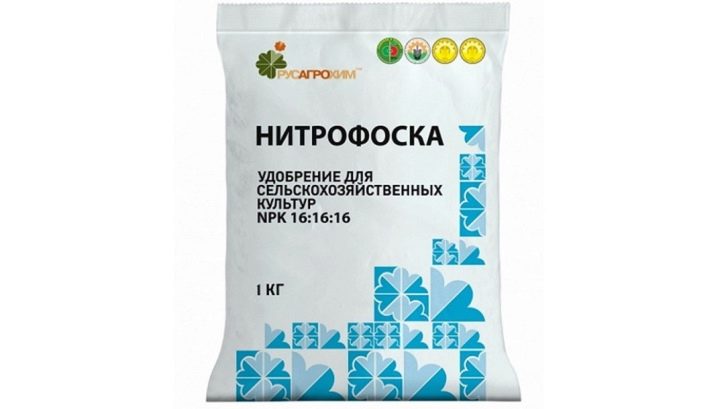
If the seedlings have taken root, then it should not be immediately disturbed with new fertilizers, it is better to wait a little... But if she lacks some element, the plant signals this, for example, growth slows down. If the development process occurs normally, then the next feeding will be during the formation of the lash.
It is recommended that all ready-made complexes not be used in dosages according to the instructions, but diluted twice as weak, since they are intended for adult plants, a large dosage can adversely affect the state of the seedlings. Excess nutrients can simply burn the root system.
Important! On fertile soils, the pumpkin needs to be fed only once a month. Poor soils should be fed at least once every half month.

When preparing the soil for planting
It is advisable to prepare the soil before planting the pumpkin. It is best to start preparing in the fall. First of all, it is necessary to remove all weeds, as well as the remains of plants that were grown in this area. Next, you need to dig up the soil. It is recommended to apply the following elements to the ground per 1 square meter for fertilization during digging:
- 1 kg of ash;
- 2-3 kg of compost;
- 4–5 kg of humus;
- 6–8 kg of manure.
If mineral fertilizers are used, then it is advisable to take 70–80 grams of nitrogen and 40–50 grams of phosphorus and potassium supplements. It is possible to combine organic matter and mineral fertilizers, but in this case, the latter must be taken half as much. The depth should be about 20 cm on light soils, and 10-15 cm on clay soils.
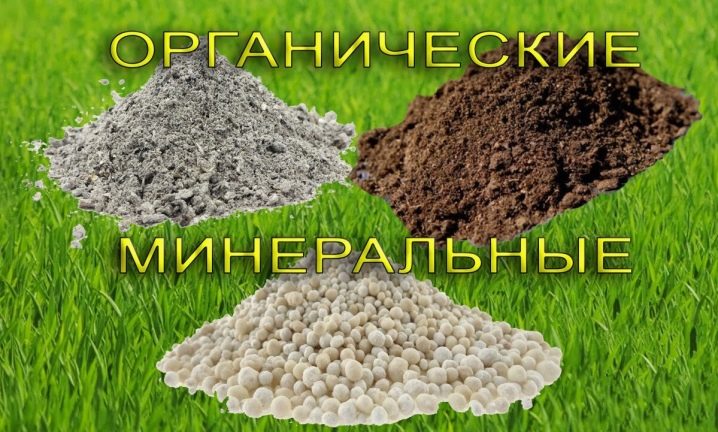
The next top dressing should be done in the spring. Now you need to use only mineral fertilizers, it is recommended to completely abandon organic matter. Fertilizers are added to the soil during the period of its digging, which occurs about half a month before planting seeds or seedlings.
Some gardeners are planting pumpkins on compost heaps. Their preparation should be done in the fall. To form them, you need to make piles from the remnants of vegetation and cover with a film. Piles should be immediately placed in sunny areas, since the pumpkin does not like to grow in the shade. This option allows you not to use nitrogen fertilizing, since it is present in large quantities in compost heaps.
Here, it is precisely potash-phosphorus fertilizers that will be required. They should be applied after fruit setting. For one bucket of water, you need to take 1 tbsp. a spoonful of potassium salt and 2 tbsp. tablespoons of superphosphate.
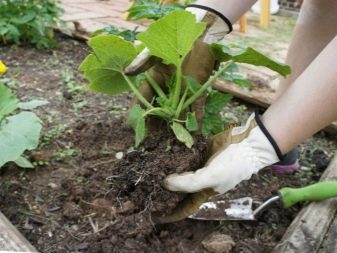
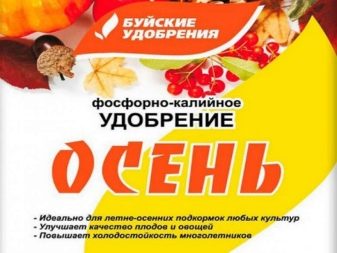
After disembarking
There is no need to fertilize immediately after planting. It is recommended to wait about 10-14 days. During this period, already part of the fertilizers will be washed out by watering and used by plants. During the formation of greenery and whip, pumpkin especially needs nitrogen. You can use bird droppings or mullein infusion. If we consider it among the mineral dressings, then urea and ammophoska are perfect. For the preparation of mineral dressing is used for one bucket 10-15 grams or 2 tbsp. spoons.
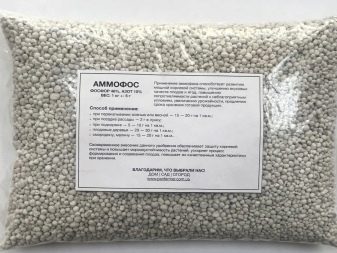
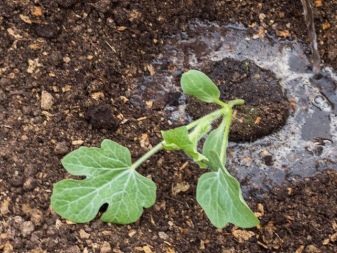
During flowering
During this period, the pumpkin especially needs care. This usually happens in June. When many female flowers are present, the plant needs a potassium-phosphorus mixture.One bucket will require 20-30 grams of superphosphate. This solution is suitable for watering pumpkins. You can also use 3 tbsp for one bucket. tablespoons of azofoska or potassium nitrate.
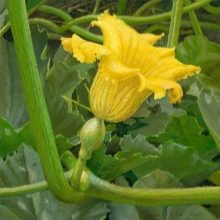
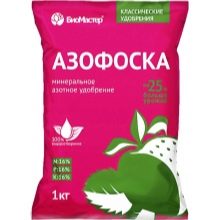
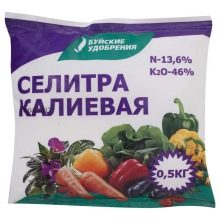
During fruiting
This time falls in July and August. Plants are in great need of potash fertilization. So, for one bucket it is enough to take 7-10 grams of potassium sulfate. We should not forget about nitrogen fertilizers, but their number is already decreasing. For example, add 4 tbsp for one bucket of water. spoons of azofoska.
Important! Usually, top dressing is applied at the root when growing pumpkin, but foliar application is also possible - during a period when severe drought is felt, in order to ensure normal crop growth.
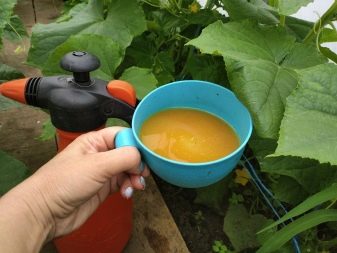














The comment was sent successfully.